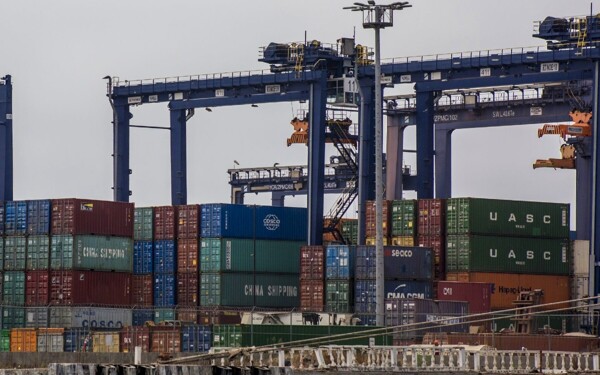
Older adults in Mexico face a difficult financial reality, being the population group with the highest debts. According to the credit repair company Bravo, the average debt level reported by Mexicans is 180 thousand pesos, incurred through credit cards, personal loans, and consumer financing. However, older adults, who have access to formal and informal financial services, bear an even heavier burden, with debts exceeding 240 thousand pesos, which is 33% higher than the national average.
The debt burden and issues of non-payment begin at age 50 and worsen after age 60. At 45 years old, Mexicans have an average liability of 188 thousand 389 pesos, a figure that increases to over 203 thousand pesos by age 50. In the age range of 56 to 60 years, older adults have the highest debts in the country, averaging 240 thousand 385 pesos.
Although the amount decreases slightly after age 60, debts continue to be significant, with balances on credit cards and personal loans exceeding 230 thousand pesos. Between the ages of 61 and 65, older adults' outstanding accounts amount to over 237 thousand pesos, and after age 66, they are around 235 thousand pesos per person. These amounts represent several times the average salary of Mexicans, equivalent to 13.6 times the salary assessed by IMSS at 17 thousand 622 monthly at the beginning of 2025.
Bravo also highlighted that among those aged 30 to 40 years, there is a higher proportion of Mexicans taking on debts through credit cards and personal loans, with an average liability of 150 to 183 thousand pesos, which aligns with the national average. From age 18, debts begin to accumulate, multiplying by almost 300% when reaching 30 years old.
In summary, older adults in Mexico face a significant financial burden, with levels of indebtedness far exceeding the national average. It is crucial to take measures to address this situation and provide support to this segment of the population.














